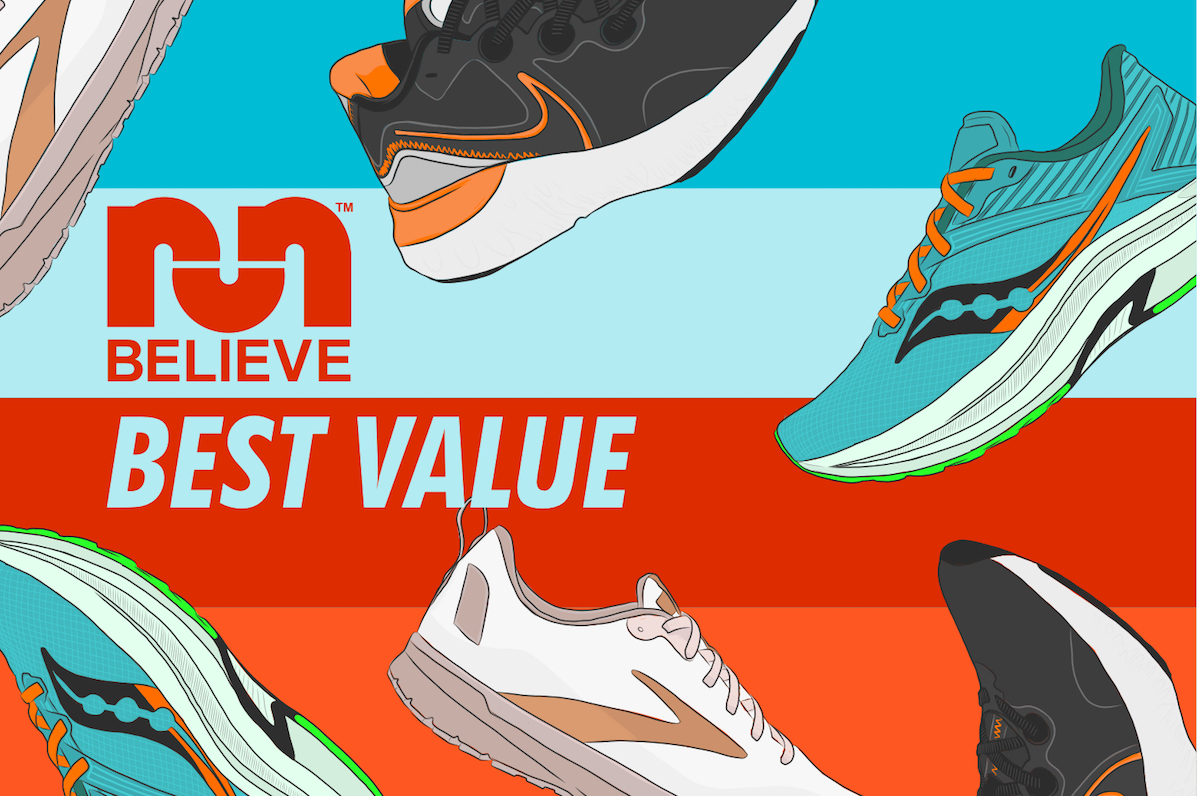
We independently review everything we recommend. When you buy through our links, we may earn a commission.
We run in the shoes, we tell you what works for us and what we hope works for you
Daily training to race day
Anything under $120
We all like to think of running as an approachable sport. Just grab a pair of decent shoes, and you’re ready to go — at least that’s how it looks on paper. The reality is that running shoes keep getting more expensive. If you want the latest tech, your wallet’s gonna pay — literally. Today, we’re here to challenge that idea with the best cheap running shoes around.
We’ll dig into models from all of our favorite companies and do what we can to save you a buck. Each option will have its own technology and features, but they all have one thing in common: these shoes can be had for $120 or less. Can you find shoes for even less? Of course. But the truth is, you’re sacrificing either comfort, performance, or durability if you’re grabbing something off the rack of your local DSW.
If you want the best value for shoes while having both good technology and quality in a single package that will last you hundreds of miles, then you can’t go wrong with these.
Have any other recommendations for us? Leave them in the comments below.
9.7 oz. (274 g) for a US M10.5
35 mm in heel, 26.5 mm in forefoot (8.5 mm drop)
Daily training, do-everything shoe
As far as multi-use daily trainers go, it’s hard to beat the Adidas SL. Lighter than the average daily trainer, but with some of the same qualities found in higher-end shoes from Adidas, the SL is a good meet-me-in-the-middle compromise. As an Adizero shoe, it falls into the performance bucket, along with spectacular shoes like the Takumi Sen 9 and Adios Pro 3. It doesn’t quite live up to those, but hey– it’s also not $200+.
While past iterations of Lightstrike midsole foam have left us on the more blah side of meh, this one feels like an upgrade. That’s due in part to the forefoot puck of Lightstrike Pro, the ultra-bouncy foam found in the cream of the crop shoes like the Adio Pro 3. The upper is quality (it also looks amazing) and the lockdown is superior. And while it doesn’t get the premium Continental rubber on the outsole, the standard rubber performs well and should offer increased durability.
This shoe is simple, as most budget trainers are, but it has some quality components in the right places that elevate it above a lot of other shoes out there.
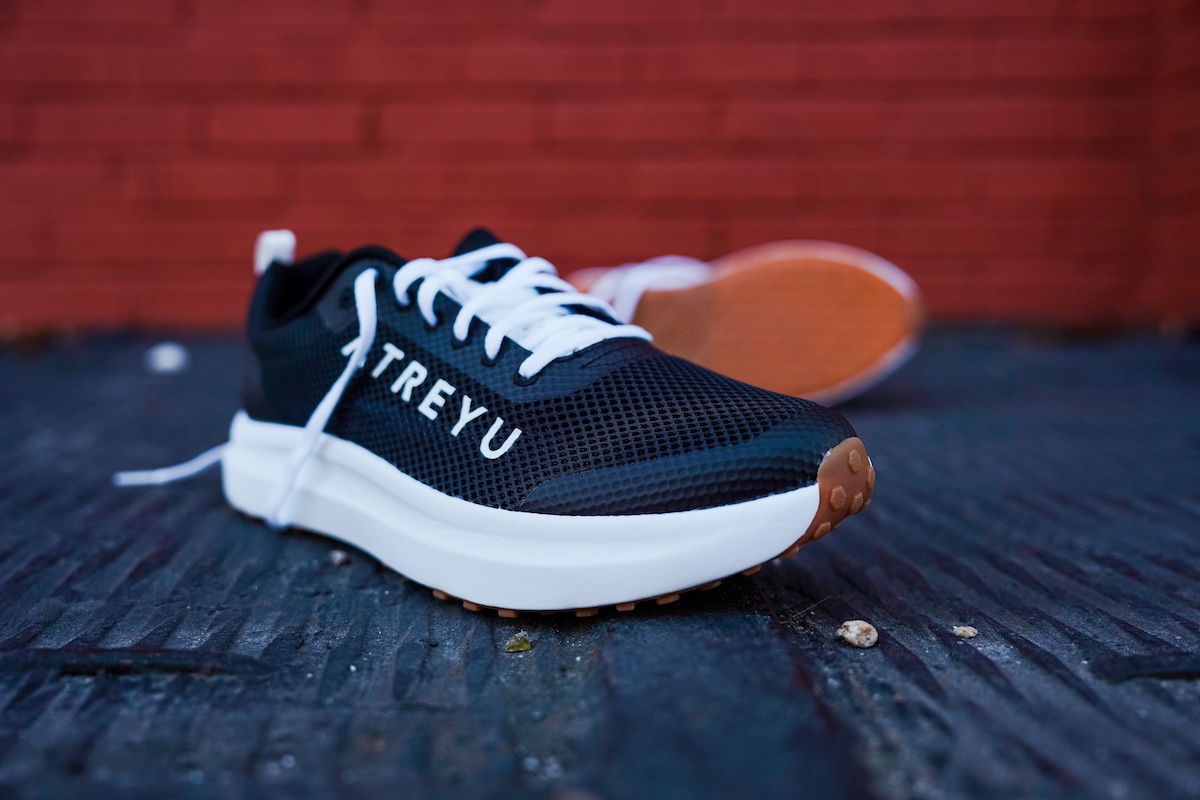
$110
9.3 oz (263 g) for a US M9/W10.5
30 mm in heel, 24 mm in forefoot (6 mm drop)
Daily training
When Austin-based Atreyu debuted three years ago, it was apparent that runners had been waiting for someone to come along and offer them a simple shoe at a low price point, with a bit of unique style thrown in. Shoe companies had taken it to the extreme with everything from daily trainers to race day shoes, leaving nothing on the table for those who wanted less. That was a void that Atreyu was willing to fill. Getting a footwear brand off the ground during a global pandemic is a monumental task, and yet here they still are.
The newest model from Atreyu is the Daily Trainer, and while they still offer the Base Model for $85, the extra $25 spent on this one gets you a few significant upgrades. Namely, an outsole rubber for increased durability (essentially a “lite” version of Atreyu’s trail outsole) and an upper with a more structured heel counter and increased breathability. The midsole remains a supercritical EVA that is bouncy and responsive and brings back that true feeling of running. For $110, you could do much, much worse.

$80
10.6 oz. (300 g) for a US M10.5,
8.8 oz (255 g) for a US W7.5
35 mm in heel, 31 mm in forefoot (4 mm drop)
Daily training
We already know about the smash success of Saucony’s Endorphin line. However, the range still isn’t exactly cheap, going from $140 to $200 as you move from Shift to Pro. That’s where the Axon 2 comes in — Endorphin inspiration in a $100 package. The cheap running shoe isn’t quite as thrilling as its half-siblings, but Thomas, Meaghan, and Ryan enjoyed their experiences with the shoe.
Thomas said that he would pick the Axon over the Kinvara 13, which says a lot. The Axon is closest to the Endorphin Shift, with its fat slab of PWRRUN cushioning and rocker technology. We’re not quite talking SpeedRoll, but a little rocker is better than none. Like many budget shoes, the rugged rubber outsole should have no problem soaking up your long miles.
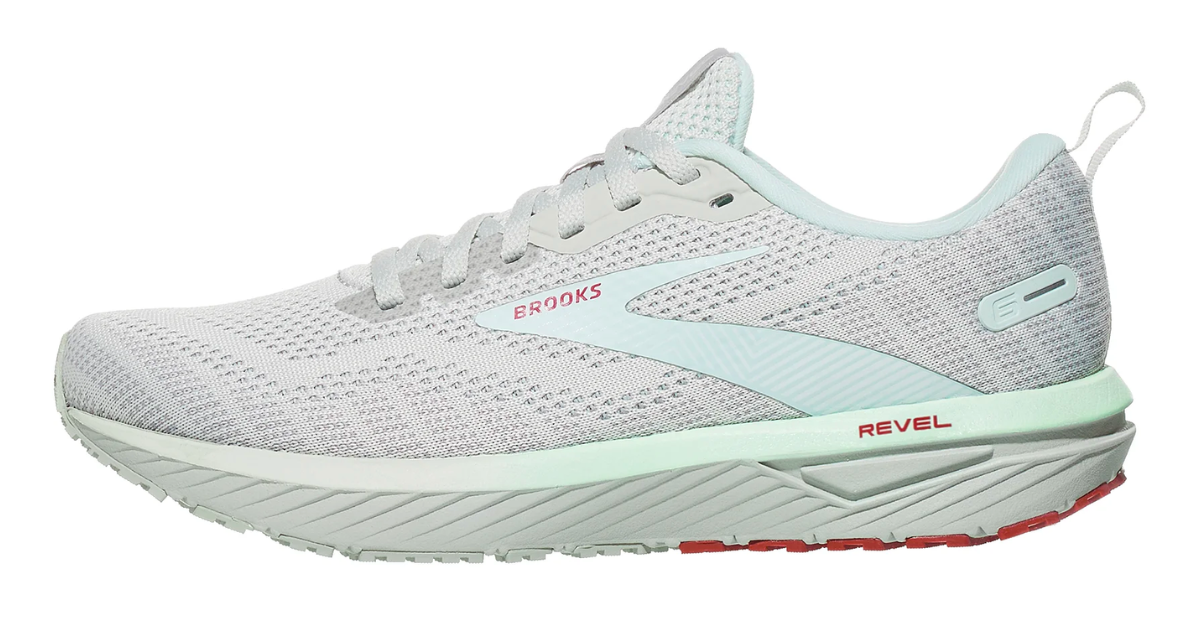
$100
8.8 oz (250 g) for a US M9,
8.1 oz. (230 g) for a US W8
N/A (10 mm drop)
Daily training
Perennially a sleeper shoe, the Brooks Revel has always been one of our favorite Brooks shoes, which is great because it’s the cheapest as well. It still manages to stay at that $100 price point where it’s been for the last 4 years, making it the Arizona Iced Tea of running.
Improvements in this version include 2 mm more of DNA in the heel, a redesigned knit upper, and an updated midsole with some cut-out geometry for a sleeker look. Also, a Green Rubber outsole is made from environmentally-friendly silica, so it’s like you win with all things in this shoe. Did we mention it still stays remarkably light?
If you’re looking for a simple, yet quality shoe for daily distances under 10K, you can’t go wrong with this one.
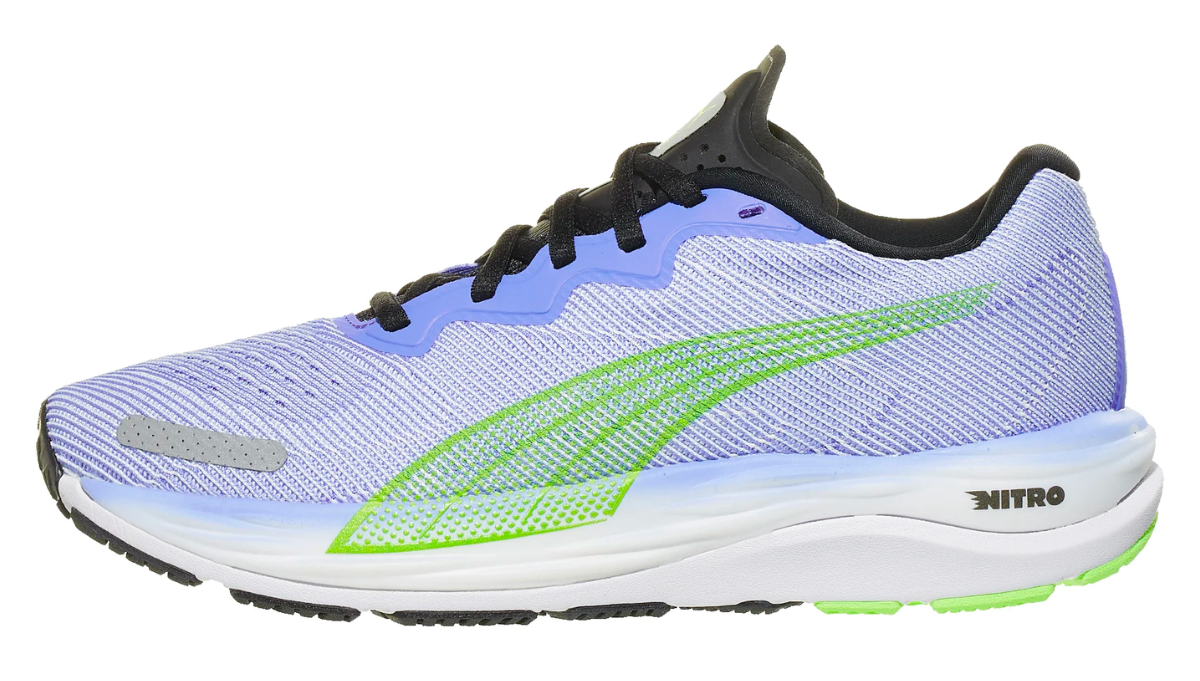
$120
9 oz (257 g) for a US M9,
7.3 oz. (205 g) for a US W8
34 mm in heel, 24 mm in forefoot (10 mm drop)
Daily training
The Velocity Nitro came as quite the surprise when Puma reignited its run line two years ago. Simple, lightweight, but with enough cushion underfoot to give you responsive miles in a sleek-looking package. It wasn’t perfect, but it was a great start.
Fast forward to now, and we have the second version of the shoe, which features a full-length supercritical Nitro midsole, as well as some changes to the heel counter to give you more security and a better fit on the run. Of course, the shoe still features the always-amazing Pumagrip outsole, which is still the grippiest rubber in the game. It actually makes for a solid trail shoe if you need to switch over at a moment’s notice.
All-in-all this is a solid starter shoe or just a quick, get-out-the-door shoe that will make any runner happy.
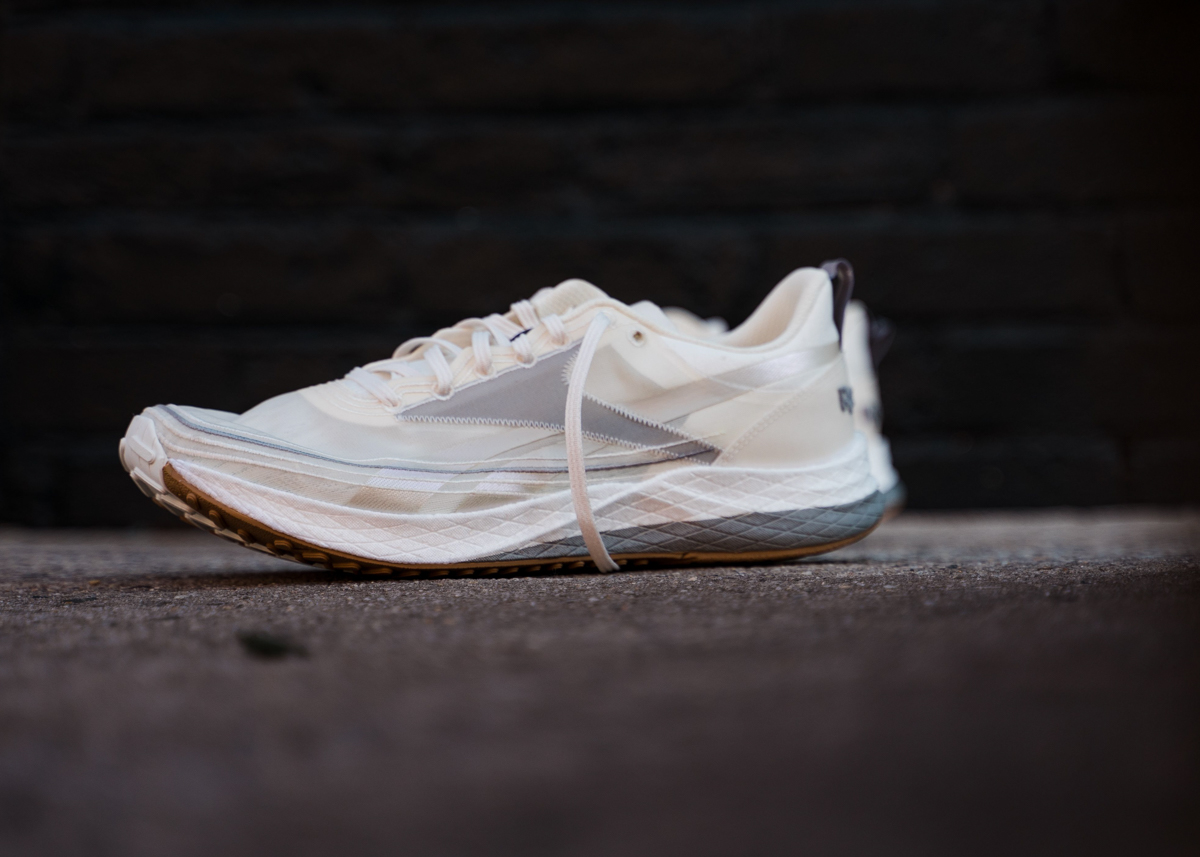
$110
8.9 oz. (254 g) for a US M10.5,
7.3 oz. (206 g) for a US W7.5
26.5 mm in heel, 17.5 mm in forefoot (9 mm drop)
Daily training, tempo
Reebok’s Floatride Energy is onto its fourth generation, and the price has only bumped up $10 to match two years of technical boosts. It sports a classic Reebok design with a comfortable square knit upper and flared heel counter to keep your Achilles nice and free. We’re still working on our review for the Floatride Energy 4, but our team has already put in plenty of miles with good results.
As the name suggests, Reebok went for its soft Floatride foam to keep you chugging along. The full-length carbon rubber outsole is also tough as nails, so you shouldn’t have an issue getting your money’s worth. Best of all, the shoe is hot off the presses so you have a chance to be among the first floaters.
(FYI, if you can’t pick up the shoe right now, come back again– the next version should be here soon.)
Shop Floatride Energy 4 - Men Shop Floatride Energy 4 - WomenWe test many shoes here at Believe in the Run, from budget picks to carbon-plated racing options. Nearly all of our picks come from our own experiences, though we also consider community opinion. Of course, we also seek to recommend shoes that you can buy without much trouble.
Want to learn more about how our review process works? Check out this guide.
Have something to say? Leave a Comment
The title picture’s gone!
Fixed! Thank you!
You should leave the Budget out of the title. They are expensive